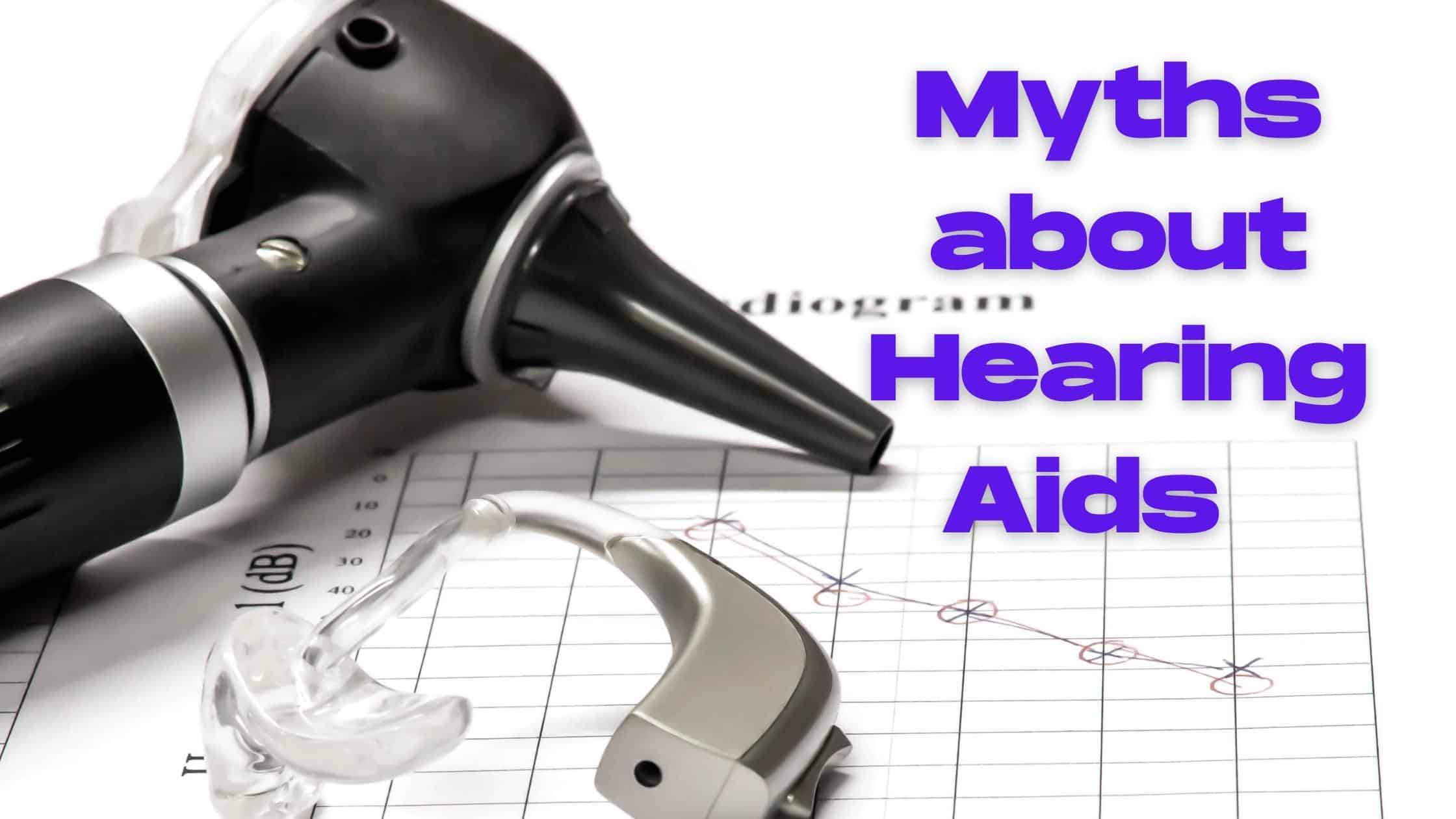
When considering treatment for your hearing loss, many preconceived notions can come to mind. Your first image of hearing aids might even be drawn from a bygone era when they worked quite differently than they do now. Along with our assumptions of how hearing aids work, we also have our own hang-ups about what hearing aids can and can’t do for us. Things have changed quite a bit in the world of hearing assistive technology, and you might be surprised to find out how many of the things you believed to be true are passing into mythology. Let’s unpack these myths with a mind for the ways that hearing aids can be integrated into our lives in new and exciting ways!
Myth #1: Hearing aids don’t work very well.
Reality: You might have seen someone in the past who was struggling with hearing aids feeding back. This experience produces a whistling sound that can be embarrassing and frustrating both for the user and for loved ones. The functioning of hearing aids has improved so markedly that the latest aids are not only able to reduce feedback but also to focus on the voice of a person speaking most closely to you. With that voice recognition technology, communication is enhanced in exciting new ways. Similarly, the latest hearing aids can reduce the sound of background noise in comparison with the voices of people, making it easier to understand than simply raising the volume on the entire environment.
Myth #2: I’m not old enough to need hearing aids .
Reality: This myth originates in some shocking shifts in the population demographics of hearing loss. Older people continue to have the highest rates of hearing loss, but younger generations are showing a greater incidence of hearing loss than ever before. Many people point to the use of recreational sound from earbuds and headphones. These devices, commonly used by younger people, can produce sounds that rival factories and industrial sites that require hearing protection. With higher rates of hearing loss among younger people, it is important to reconsider the myth that hearing aids are only for older people.
Myth #3: Hearing aids make it hard to do other things.
Reality: Many people did have trouble using hearing aids while talking on the phone, going for a jog, or camping in the past. However, many of the advancements in hearing assistive technology have made it possible to integrate hearing aids with every facet of life. Not only can Bluetooth compatible hearing aids send notifications and the audio from phone calls directly to your units, but they can also stream music or other media while at the gym. Water resistance and portable rechargeable battery units even make it possible to bring your hearing aids with you to the backcountry for a camping trip.
Myth #4: I’m doing fine on my own without hearing aids.
Reality: Although the human brain and social adaptation make it remarkably adept at making do with limited sensory information, that doesn’t mean that other consequences of hearing loss are avoided. When you aren’t able to properly hear others in a conversation, you might think you can get by just fine with near-enough answers to questions and a heavy dose of pretending you didn’t hear someone talking at all. Paired with asking others to repeat themselves, you might be able to survive in the world.
Yet, hearing loss is not only about your ability to survive. Those who have untreated hearing loss demonstrate profound consequences for their brains, including regions of the brain that are otherwise not associated with hearing at all. Untreated hearing loss is even correlated with much higher rates of dementia, so scientists and medical professionals are concerned that the lack of audio information causes the brain to scramble in other ways.
With these possibilities in mind, don’t take the risk of untreated hearing loss any longer! Though you might be able to make do for now, many forms of hearing loss get worse with time, as well, making it a smart and practical decision to seek assistance sooner than later. Why not take the opportunity right now to contact us to set up a hearing test?
